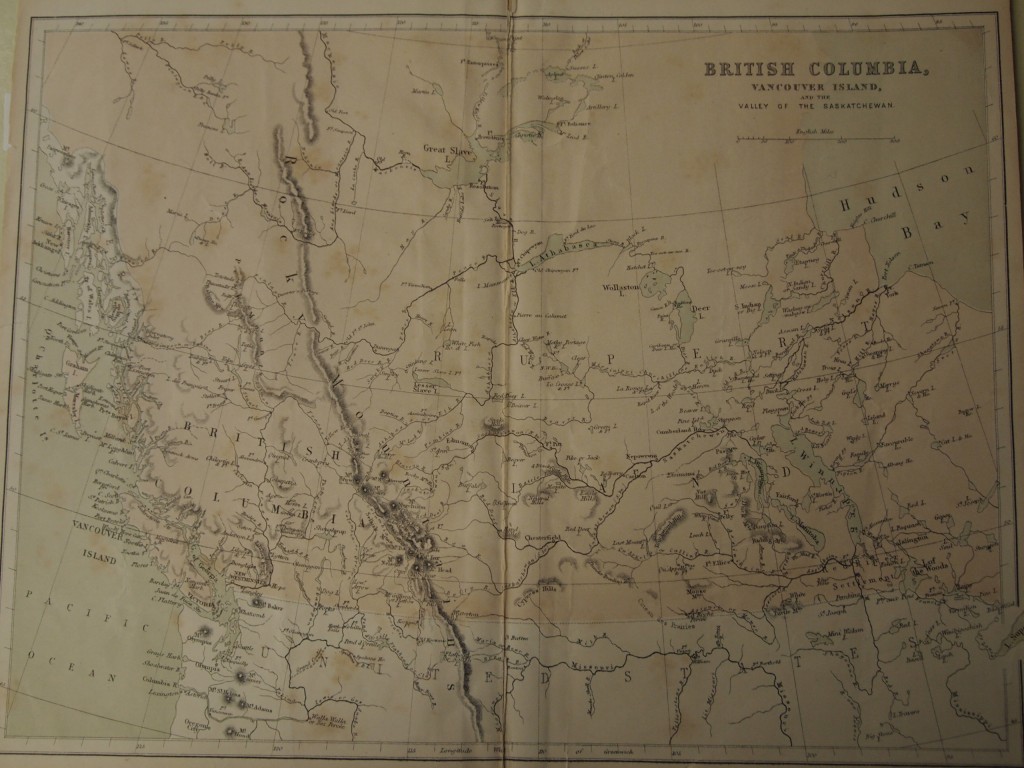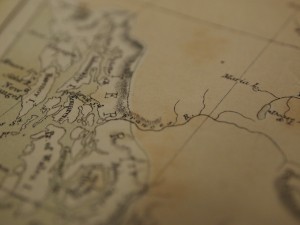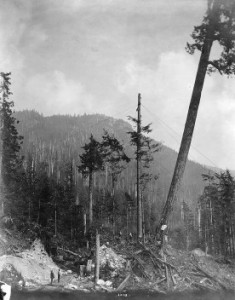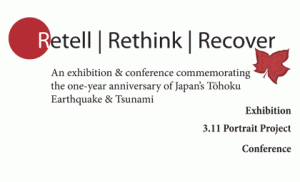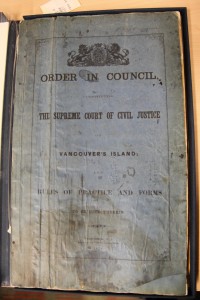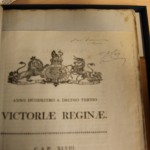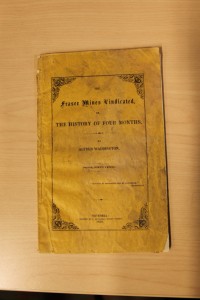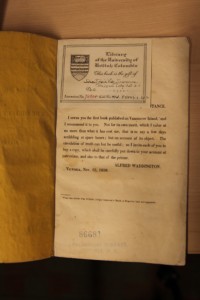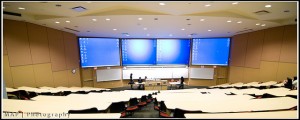In our ongoing series of places in B.C. used as room names in the Irving K. Barber Learning Centre, we will look at Stikine. This featured place and featured Rare Books and Special Collections resource is truly an ode to map cataloguers!
The Stikine River is in northwestern B.C., emptying into the ocean in southeastern Alaska. The river and its surroundings are considered to be an important piece of B.C. wilderness to preserve. If you search the library catalogue for the keyword Stikine, you will find a number of publications related to the preservation of this area.
Like many names of rivers and places, there have been variations of spelling in the name “Stikine” over time, including Shikene, Stachine, Stachin, Stah-Keena, Stahkin, Stakeen, Stickeen, Stickienes, Stikeen, Stikin, and Sucheen! (See the entry in BC Geographical Names). However, also like many place names, it was also known under completely different names- in the map from Rare Books and Special Collections below, it is identified as the Frances River. B.C. Geographical Names confirms that the Stikine was known by other names at different times- they cite St. Francis River, as well as Pelly’s River.
If the map cataloguer had not noted this detail in the catalogue record, this map would not have appeared in a search for “Stikine” in the library catalogue! There are many other helpful details in the catalogue record as well, such as names of forts and noting that the borders of B.C., the United States and Rupert’s Land are clearly visible (the map dates from the 1860’s). To see the catalogue record for this map, click here.
In the Barber Centre, the Stikine Room is room 260, a large classroom on the second floor of the building.
